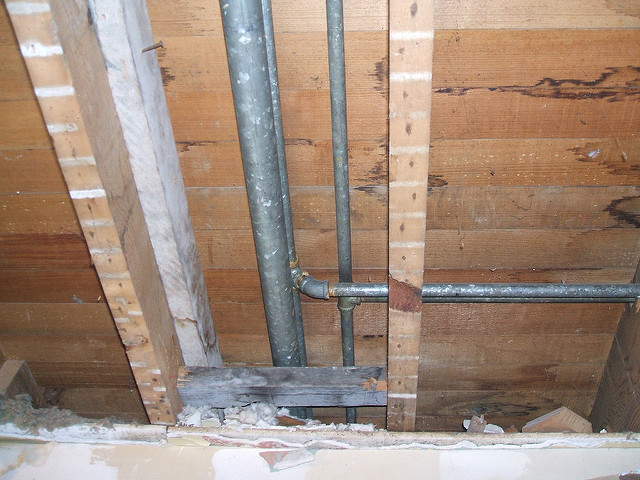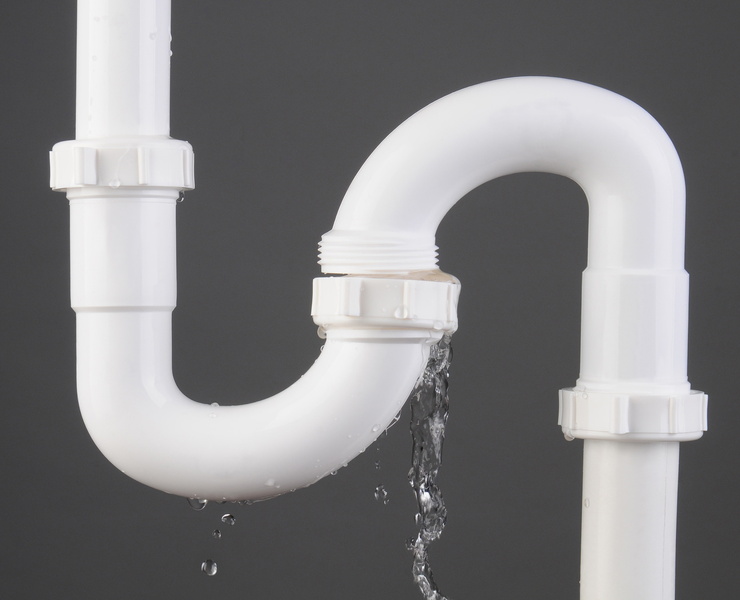Just how to Discover as well as Repair Work Water Leaks-- A Comprehensive Guide
Just how to Discover as well as Repair Work Water Leaks-- A Comprehensive Guide
Blog Article
What are your ideas about Detecting hidden plumbing leaks?

Early detection of dripping water lines can reduce a potential catastrophe. Some tiny water leakages might not be visible.
1. Take A Look At the Water Meter
Every home has a water meter. Inspecting it is a proven way that aids you discover leakages. For starters, shut off all the water sources. Guarantee nobody will certainly purge, utilize the tap, shower, run the washing equipment or dishwashing machine. From there, most likely to the meter and watch if it will certainly transform. Considering that no person is utilizing it, there must be no activities. That shows a fast-moving leak if it relocates. Also, if you spot no changes, wait a hr or more as well as inspect back again. This indicates you might have a slow-moving leakage that might also be below ground.
2. Examine Water Usage
If you identify sudden modifications, despite your intake being the very same, it means that you have leaks in your plumbing system. An unexpected spike in your expense indicates a fast-moving leak.
A stable rise every month, also with the exact same practices, reveals you have a slow-moving leak that's additionally slowly intensifying. Call a plumber to completely examine your building, particularly if you feel a warm area on your flooring with piping beneath.
3. Do a Food Coloring Examination
When it comes to water intake, 30% comes from commodes. If the color in some way infiltrates your dish during that time without flushing, there's a leak in between the tank as well as bowl.
4. Asses Outside Lines
Don't forget to examine your exterior water lines too. Ought to water seep out of the link, you have a loose rubber gasket. One small leakage can throw away tons of water and also surge your water costs.
5. Examine the circumstance and inspect
Homeowners should make it a practice to check under the sink counters and even inside cabinets for any bad odor or mold growth. These two red flags suggest a leak so prompt attention is needed. Doing routine evaluations, even bi-annually, can conserve you from a major problem.
Examine for discolorations and also damaging as most pipelines as well as home appliances have a life span. If you believe dripping water lines in your plumbing system, do not wait for it to rise.
Early detection of leaking water lines can mitigate a possible disaster. Some little water leakages might not be noticeable. Inspecting it is a surefire means that aids you discover leaks. One small leakage can throw away loads of water as well as surge your water expense.
If you suspect leaking water lines in your plumbing system, don't wait for it to escalate.
How to Know If Your Home Has a Hidden Leak
Water Meter Reveals Inexplicable Water Usage
If you’d like to test whether or not there’s a leak somewhere in your home, you can do this using your water meter. Here is how to conduct the test:
Don’t use any water in your home for at least 30 minutes; this also means not turning on faucets or water-using appliances.
Go outside, and check your water meter for activity.
If your water meter shows that there was activity, even though no one was using any water, this proves that there is a leak in your home.Visible Mold or Mildew Growth
Leaks behind walls create moist, dark environments that allow mold and mildew to grow and thrive. Eventually, you might see mold growth forming on the wall closest to a hidden leak.
If mold is growing in an area that receives a high amount of moisture, such as a bathroom, it may simply be an indication that better ventilation is needed. However, if you see mold growth on a wall or the ceiling in an area where you would not expect, you probably have a hidden leak.
Musty, Mildew Odor
Sometimes you might not be able to see the mold or mildew that is growing as a result of a leak. However, the smell can give the problem away just as easily. If you catch a whiff of something musty, there’s a good chance that old water is collecting somewhere in your home that you can’t see.
Stained/Warped Walls, Ceilings, or Floors
When your home soaks up water, a variety of red flags can become visible, including ceiling stains, bubbling drywall, warped walls, and sagging floors. While these issues can be caused by excess humidity, they can also be signs that a pipe or plumbing connection has started leaking behind your walls.
Inexplicably High Water Bill
After a while, you get a general sense for what your water bill should be. If you own a pool or sprinkler system, your bill will tend to be higher during summer. However, if you receive a water bill that seems especially high, and you can’t figure out what caused it, then you may have a hidden leak somewhere that’s increasing your bill.
https://www.plumbingjoint.com/blog/2019/july/how-to-know-if-your-home-has-a-hidden-leak/

I'm certainly very taken with Hacks to detect leaks and I am hoping you appreciated the article. Enjoyed reading our piece? Please share it. Let other people discover it. I take joy in reading our article about Top leak detection hacks.
Report this page